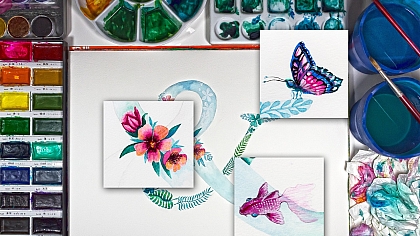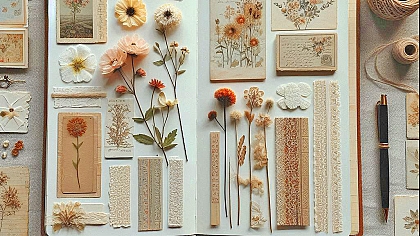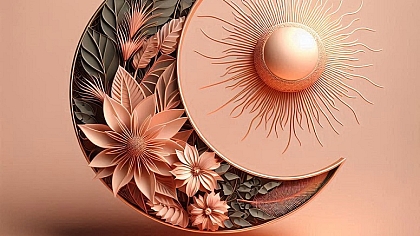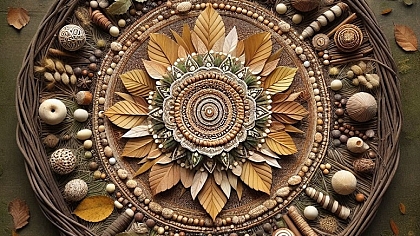
Exploring Resist Dyeing Techniques: From Shibori to Batik
Resist dyeing is an artistic technique of dyeing clothing or other fabrics. Resist dyeing involves dyeing some parts of the cloth to form a pattern without colouring the entire piece.
The most common resist-dyeing technique involves applying melted wax onto fabric in the desired shape or pattern using a spoon-like tool with a spout, the fabric is then immersed in the dye leaving the wax-covered areas a different colour than the rest of the cloth.
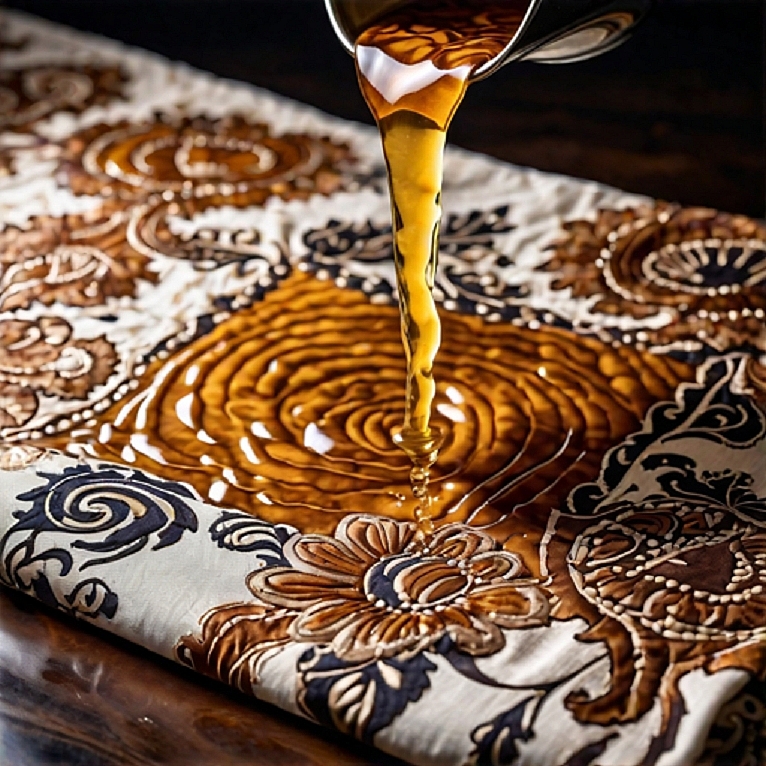
Resist dyeing is a textile art that involves manipulating fabric to create patterns using dyes. The basic idea is to prevent certain areas of the fabric from being dyed by using a resist material, such as wax, stitching, or binding, and then immersing the fabric in a dye bath. The areas that are not covered by the resist material absorb the dye, while the areas that are covered remain undyed, creating a pattern.
Resist dyeing has been practised for centuries in many parts of the world, from Japan and Africa to Indonesia and Malaysia. These techniques have been used to create a wide range of patterns, from intricate designs to simple stripes. In this article, we will explore three of the most popular resist dyeing techniques: Shibori, Tie-Dye, and Batik.
Other methods include mechanical resists like stitching or tying the fabric to prevent the dye from reaching certain parts or by using a chemical agent in one type of dye which is used to design the fabric, and a second dye is used to colour the rest of the fabric but is repelled by the chemical agent in the first dye enabling it to retain its pattern.
Two famous forms of resist dyeing include tie-dye, shibori, and batik. Here is some information on different resist-dyeing techniques:
Batik
Originating from the island of Java, Indonesia, batik is an ancient resist-dyeing technique with records of it being practised as far back as the 12th century. The method of batik starts with washing, soaking, and beating a cloth using a mallet, patterns are then drawn using a pencil but are later redrawn using hot wax. The wax is typically made from a mixture of paraffin and beeswax along with plant resins which act as a dye-resist.
Although various tools can be used to apply the wax, the most commonly used tool is known as a canting, the canting consists of a small copper reservoir with a spout connected to a wooden handle. In the Indonesian language, it is called "canting tulis," which translates to "hand-drawn canting". The melted wax is poured into the reservoir which in turn leaks slowly out of the spout onto the fabric on which patterns of dots and lines are made.
A brush or a large copper stamp called a cap, can be used for designing larger patterns. After the cloth dries the wax is removed by either boiling or scraping it off, the treated areas, however, retain their original colour when the cloth is fully dyed. The process is repeated if more colours are desired (by using a different colour dye after removing the second application of wax).
To create a canting tulis batik pattern, the artist first sketches the design onto the fabric with a pencil or chalk. The fabric is then stretched on a frame, and the artist uses the canting to apply the hot wax directly to the fabric, following the lines of the design.
The process requires a steady hand and a great deal of skill, as the artist must control the flow of the wax and maintain consistent pressure on the canting. Once the wax has been applied, the fabric is dipped into a dye bath, and the areas covered by the wax resist the dye.
After the dye has been applied, the wax is removed by boiling the fabric in hot water. This process is repeated with different colours of dye and wax until the desired pattern is achieved.
Canting tulis batik is a time-consuming and labour-intensive process, but it produces incredibly intricate and beautiful patterns. It is considered a highly respected form of traditional Indonesian art, and many artists spend years honing their skills and perfecting their craft.
Batik is an ancient technique and has been influenced and practiced by other cultures but the batik of Indonesia is the best known due to its vast range of designs and high quality. Making it can be a lengthy process, the traditional batik technique which only uses a canting involves drawing on both sides of the cloth and dipping it in a dye bath three to four times, the entire process can take a year but the result is significantly finer than stamped batik.
Not to be regarded as just simply an art technique, historically batik has played a symbolic role in Indonesian society. In the colonial era, certain batik patterns would represent an individual’s social status and Sultan Hamengkubuwono VII of the Yogyakarta Sultanate reserved certain patterns, including the Parang Rusak and Semen Agung for the royal family making it forbidden for commoners to wear them.
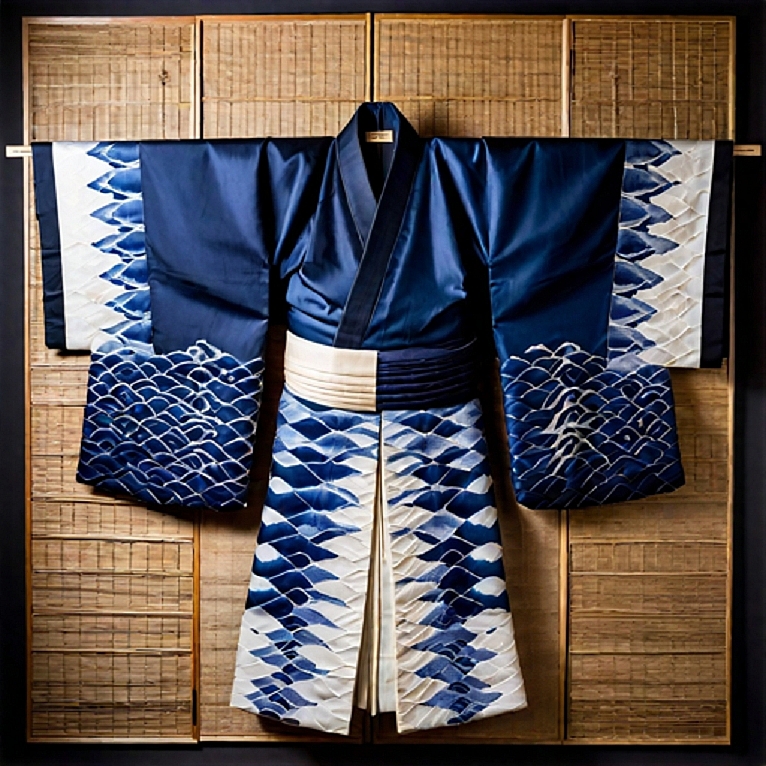
The History of Resist Dyeing
Resist dyeing has a long and rich history that dates back to ancient times. It was practised in many parts of the world, including China, Japan, India, Africa, and the Americas. The earliest examples of resist dyeing date back to the 6th century in Peru, where the Paracas people used resist dyeing techniques to create elaborate designs on their textiles.
In Japan, resist dyeing became popular during the Edo period (1603-1868), when it was used to create the distinctive indigo-dyed textiles that are still associated with Japanese culture today. In Africa, resist dyeing techniques such as Adire and Kente have been practised for centuries, creating a diverse array of patterns and designs.
The Process of Shibori
Shibori is a resist dyeing technique that originated in Japan. It involves folding, twisting, or compressing fabric in various ways before dyeing it, creating intricate patterns. The word Shibori comes from the Japanese verb Shiboru, which means "to wring, squeeze, or press."
To create Shibori patterns, the fabric is first folded or twisted into a specific pattern and then secured with string or rubber bands. The fabric is then dyed in a dye bath, and the areas that are covered by the resist material do not absorb the dye. After dyeing, the fabric is unbound and the pattern is revealed.
There are many different types of Shibori, each with its distinctive pattern. Some of the most popular Shibori techniques include Kumo, which involves creating a spiderweb-like pattern by binding the fabric with thread; Arashi, which creates a diagonal stripe pattern by wrapping the fabric around a pole; and Itajime, which creates a geometric pattern by folding and clamping the fabric between two wooden blocks.
The Process of Tie-Dye
Tie-dye is a resist dyeing technique that has been popular in many cultures throughout history. It involves tying or binding sections of fabric with string or rubber bands before dyeing it, creating a variety of patterns.
To create tie-dye patterns, the fabric is first twisted, folded, or crumpled into a specific pattern,
and then secured with string or rubber bands. The fabric is then immersed in a dye bath, and the areas that are covered by the resist material do not absorb the dye. After dyeing, the fabric is unbound, and the pattern is revealed.
Tie-dye patterns can range from simple stripes to more complex designs, such as spirals, circles, or stars. The technique was popularized in the United States in the 1960s and 1970s as a part of the counterculture movement. Tie-dye clothing became a symbol of the hippie movement and is still popular today.
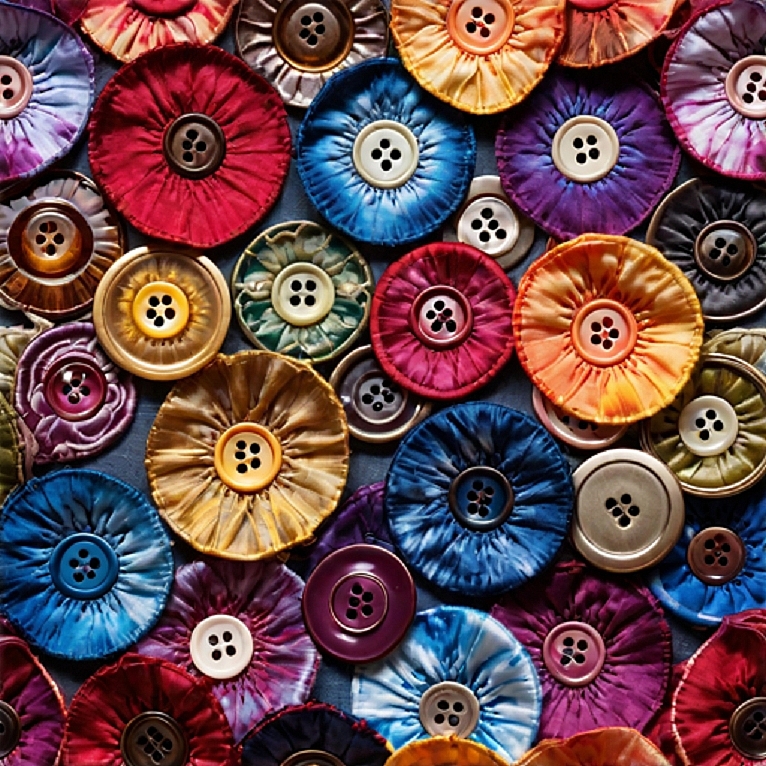
The Process of Batik
Batik is a resist dyeing technique that originated in Indonesia. It involves applying hot wax to fabric to create a resist pattern, which is then dyed in a dye bath. The wax prevents the dye from penetrating the fabric, creating a unique pattern.
To create a batik pattern, the fabric is first stretched on a frame, and then a design is drawn on the fabric with a pencil or chalk. The design is then traced with hot wax, which is applied with a tool called a tjanting or a brush. The wax hardens as it cools, creating resistance to the dye. The fabric is then immersed in a dye bath, and the areas that are covered by the wax do not absorb the dye. The process is repeated with different colours until the desired pattern is achieved.
Batik patterns can range from simple stripes to intricate designs with multiple layers and colours. Batik fabrics are widely used in traditional Indonesian clothing, such as sarongs and kebayas.
Comparing and Contrasting Resist Dyeing Techniques
While Shibori, Tie-Dye, and Batik are all resist dyeing techniques, they differ in terms of the materials and methods used to create patterns.
Shibori and Tie-Dye are both characterized by the use of binding materials, such as string or rubber bands, to create patterns on fabric. However, Shibori involves folding or compressing fabric in various ways, while Tie-Dye involves twisting, folding, or crumpling fabric.
Batik, on the other hand, involves applying hot wax to the fabric to create a resist pattern, which is then dyed. The use of wax allows for more precise and intricate patterns, as well as the use of multiple colours.
All three techniques have their unique characteristics and can be used to create a wide range of patterns and designs.
Contemporary Applications of Resist Dyeing Techniques
Resist dyeing techniques are still widely used today, both in traditional textile arts and in contemporary fashion and design.
In Japan, Shibori is still practised by artisans who create intricate patterns on high-quality textiles. In Africa, Adire and Kente are still popular and are used to create modern clothing and accessories.
In the West, Tie-Dye has experienced a resurgence in popularity in recent years, with tie-dye clothing and accessories becoming a staple of streetwear and festival fashion.
Batik fabrics are also widely used in fashion and interior design. Contemporary designers have adapted the traditional technique to create modern patterns and designs that are both beautiful and functional.
The Enduring Appeal of Resist Dyeing Techniques
Resist dyeing techniques have a long and rich history that spans cultures and continents. From the intricate folds of Shibori to the wax and dye of Batik, these techniques have been used to create a wide range of patterns and designs.
Today, resist dyeing techniques continue to be practised and adapted by artisans and designers around the world. Whether used in traditional textile arts or contemporary fashion and design, resist dyeing techniques offer endless possibilities for creativity and self-expression.
Their enduring appeal lies in their versatility, adaptability, and the unique qualities of the resulting fabrics. Each resist dyeing technique offers its own set of challenges and rewards, and mastering these techniques requires patience, skill, and creativity.
As the world becomes increasingly digital and technology-driven, the importance of traditional crafts such as resist dyeing becomes even more apparent. These techniques offer a way to connect with the past, preserve cultural heritage, and create beautiful, one-of-a-kind objects that have meaning and value.
For those interested in learning more about resist dyeing techniques, there are a variety of resources available. Many museums and cultural institutions offer workshops and classes on Shibori, Batik, and other resist dyeing techniques. There are also many books and online resources available for those who want to learn on their own.
Whether you are a professional designer or simply someone who loves textiles, resist dyeing techniques offer a rich and rewarding way to create beautiful, unique objects. By mastering these techniques and exploring their possibilities, we can connect with the past, celebrate cultural diversity, and create something truly special.
